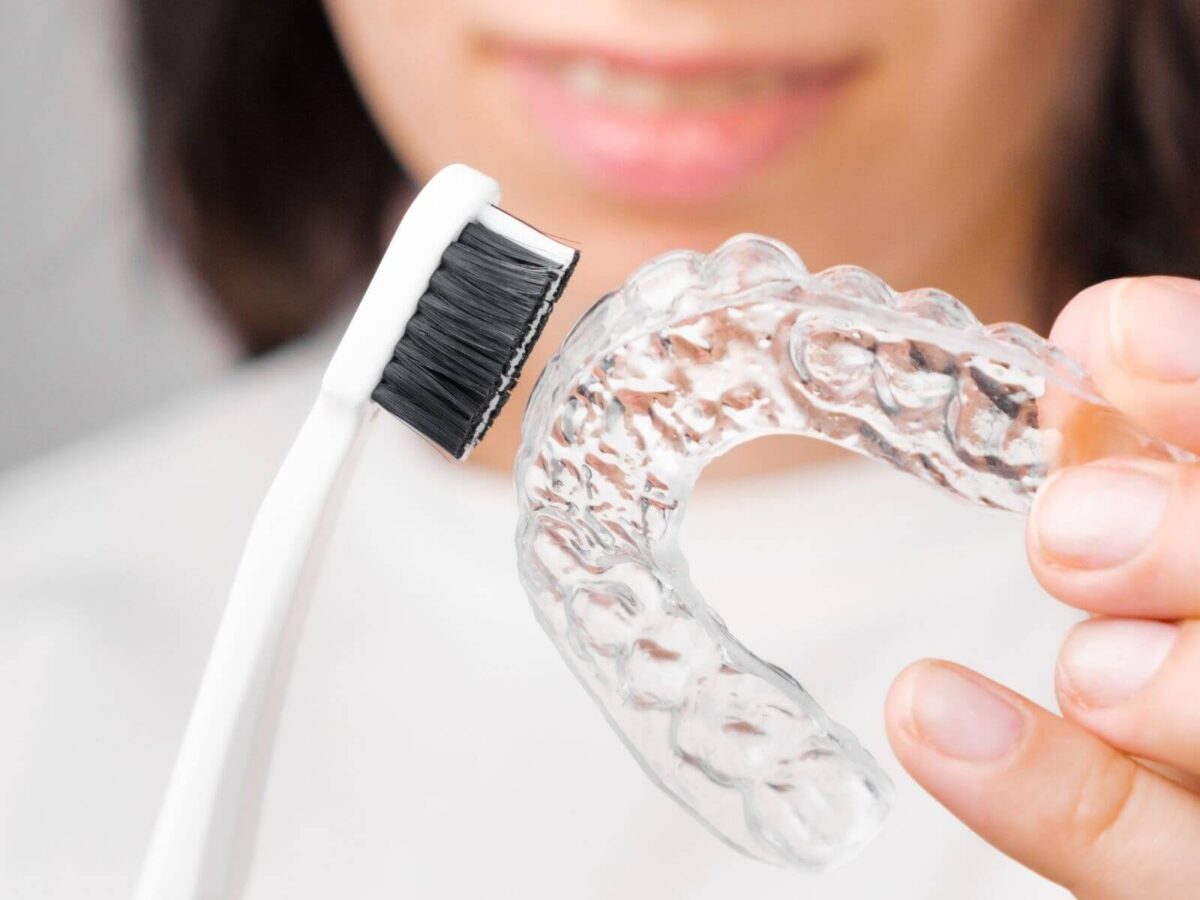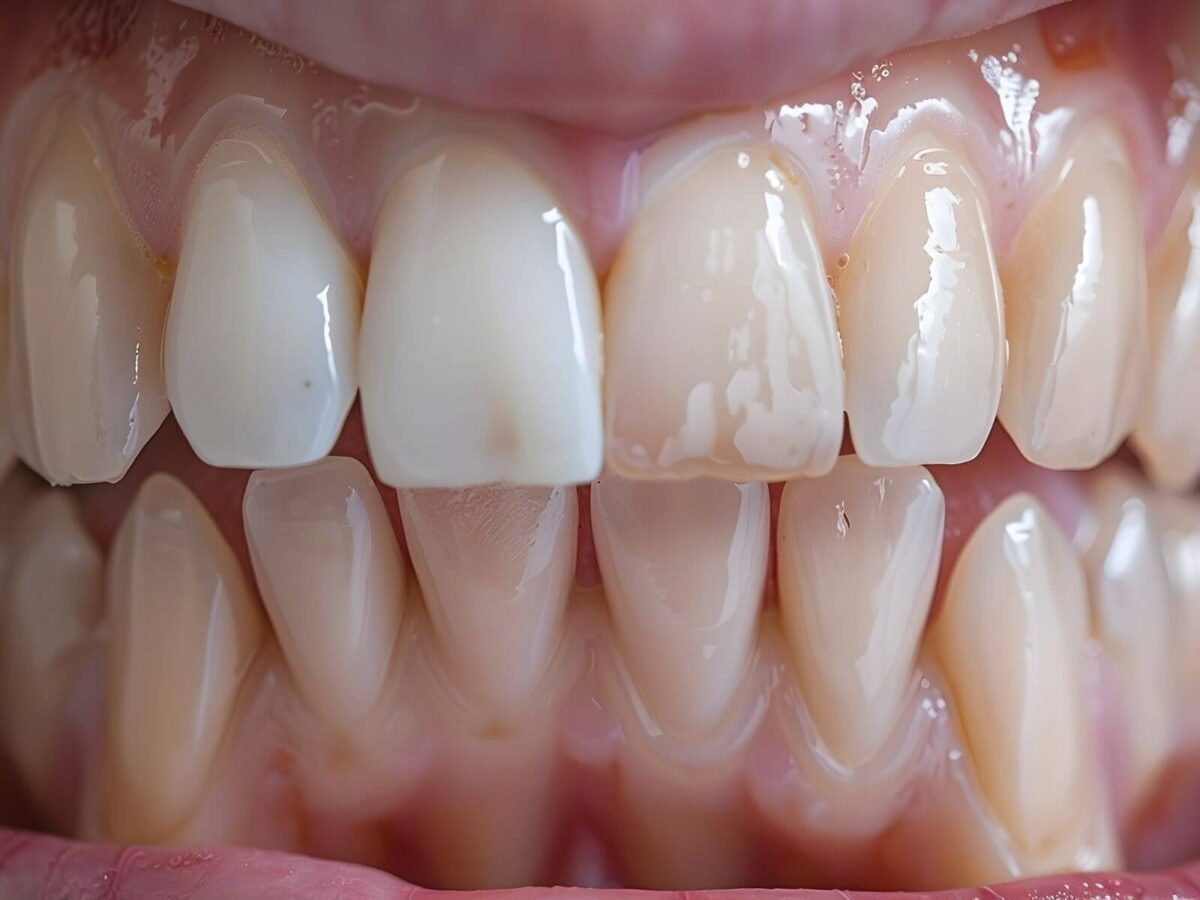Alignment treatments provide people with a perfect smile and require persistence with retainers after completing treatments for teeth straightening. After achieving successful tooth alignment, there exists a potential risk of orthodontic relapse.
Clear and metal retainers stand as the primary selection for the best retainer options. Continue reading to understand clear retainers against metal retainers and select the right one for yourself.
Clear Retainers
Clear retainers support the new smile by providing clear braces. Your dental specialist will decide the duration of wear, but most patients need to keep retainers in for 20 to 22 hours per day based on their particular tooth condition.
Clear retainers have become highly popular among orthodontic patients because of their transparent appearance. People who plan to get these clear retainers should understand the key benefits and drawbacks.
Advantages of Clear Retainers
Aesthetics
The significant advantage of clear retainers lies in their almost invisible nature, which allows you to maintain your smile without wearing down your appearance in public.
Custom-fit
Clear retainers stop teeth from shifting backward by fitting onto the teeth as plastic dental appliances. Every individual needs to submit dental impressions to receive the perfect customized retainer. Users experience no difficulties wearing them because clear retainers receive individualized production.
Comfortable
Besides being beneficial to users, clear retainers offer supreme comfort. Users can wear the custom-fit tray device throughout the day because its trimmed design provides a comfortable experience. You have complete control over when you want to remove your retainers because expert supervision is unnecessary.
Easy to Clean
The preservation of oral hygiene conditions is an essential requirement for orthodontic devices. The maintenance of oral hygiene, together with retainers’ durability, becomes possible with proper cleaning. Since they can be taken off, you can easily clean these aligners. A soft-bristled brush alongside non-abrasive toothpaste provides the best method for cleaning the removable devices.
Disadvantages of Clear Retainers
Fragile
The plastic composition of clear retainers is a disadvantage, as this substance remains easily breakable when not correctly cared for. Improper storage of these devices allows scratching to occur and warps to appear due to poor containment.
Clear aligners become significantly stained after prolonged use by those who consume many nicotine-laced teas and coffees. Highly inadequate cleaning methods can lead to yellow discoloration of your device. Retainers lose their effectiveness after discoloration appears, and you might need to get new ones.
Adherence to the Instructions
Due to their simple removal, patients find it challenging to follow prescribed wear time commitments with clear retainers. Failure to follow the prescribed retainer use period can negatively affect teeth alignment results.
Metal Retainers
Metal retainers, sometimes recognized as Hawley retainers, consist of a combination of metal wires attached to acrylic or plastic materials. Those behind the braces must put the wire around all their teeth to maintain equal tension and position them correctly.
Advantages of Metal Retainers
Durable
Stalwart’s strong construction defines metal retainers as one of the most reputable dental retainers. The metal wire element makes these retainers highly damage-resistant, producing an extended solution to maintain alignment benefits.
Effectivity
People with complex alignment cases benefit enormously from these retainers because their metal wire forms a stronger hold than others.
Disadvantages of Metal Retainers
Visible
Metal retainers reveal themselves clearly to the eye because of their visible nature. Metal wire retainers stand out more than clear retainers because they appear prominently visible to others. People who value their complete teeth aesthetics object to such retainers because they find them unappealing, thus causing visual turn-offs.
Impact on the Oral Hygiene
Metal retainer’ wires make it difficult for patients to maintain oral hygiene. The cables prevent effective tooth brushing.
Discomfort
Patient discomfort occurs initially since metal wires inside retainers create irritation that leads to the formation of sores on the gums or tooth interiors.
Not Easily Adjustable
The need for outside help and the necessity of orthodontic adjustments for metal retainers prevent patients from making minor changes. Your orthodontist has to perform all alterations because of tooth positioning.
Which Retainer Is Best for You?
The type of retainer you select post-orthodontic treatment depends on multiple factors according to the following aspects a patient should consider:
- Aesthetics
- Comfort
- Durability
- Lifestyle
- Orthodontic needs
Selection Between Metal Retainers and Clear Aligners
Your unique needs and personal preferences determine the most suitable choice between metal and clear retainers. Consider the following factors:
- Your lifestyle requires simple maintenance, so you should decide on clear retainers if appearance matters to you.
- People concerned about costs should opt for metal retainers as they are more affordable.
- The best retainer selection depends on your dental condition; consult your dentist for professional advice.
Further recommendations for selecting proper retainers include the following points:
- Consult your dentist because they have the knowledge to guide you through the selection process according to your requirements.
- Some dentists advise patients to combine metal retainers with clear retainers as part of their treatment plan, depending on the different tooth requirements throughout the teeth retention period.
- Any chosen retainer must be worn regularly because this practice remains essential for successful teeth retention.
Conclusion
The essential teeth retainer functions as a device for permanent retention of properly aligned teeth. The various types of retainers prove effective since metal and clear retainers serve their specific purposes.
You should base your smile retention decision on a complete analysis of the advantages and drawbacks connected to different types of retainers. Your retention phase receives a perfect solution through Sinton Dental, which provides clear retainers designed to ensure comfort. Acquire your retainers immediately to keep your smile strong indefinitely.




